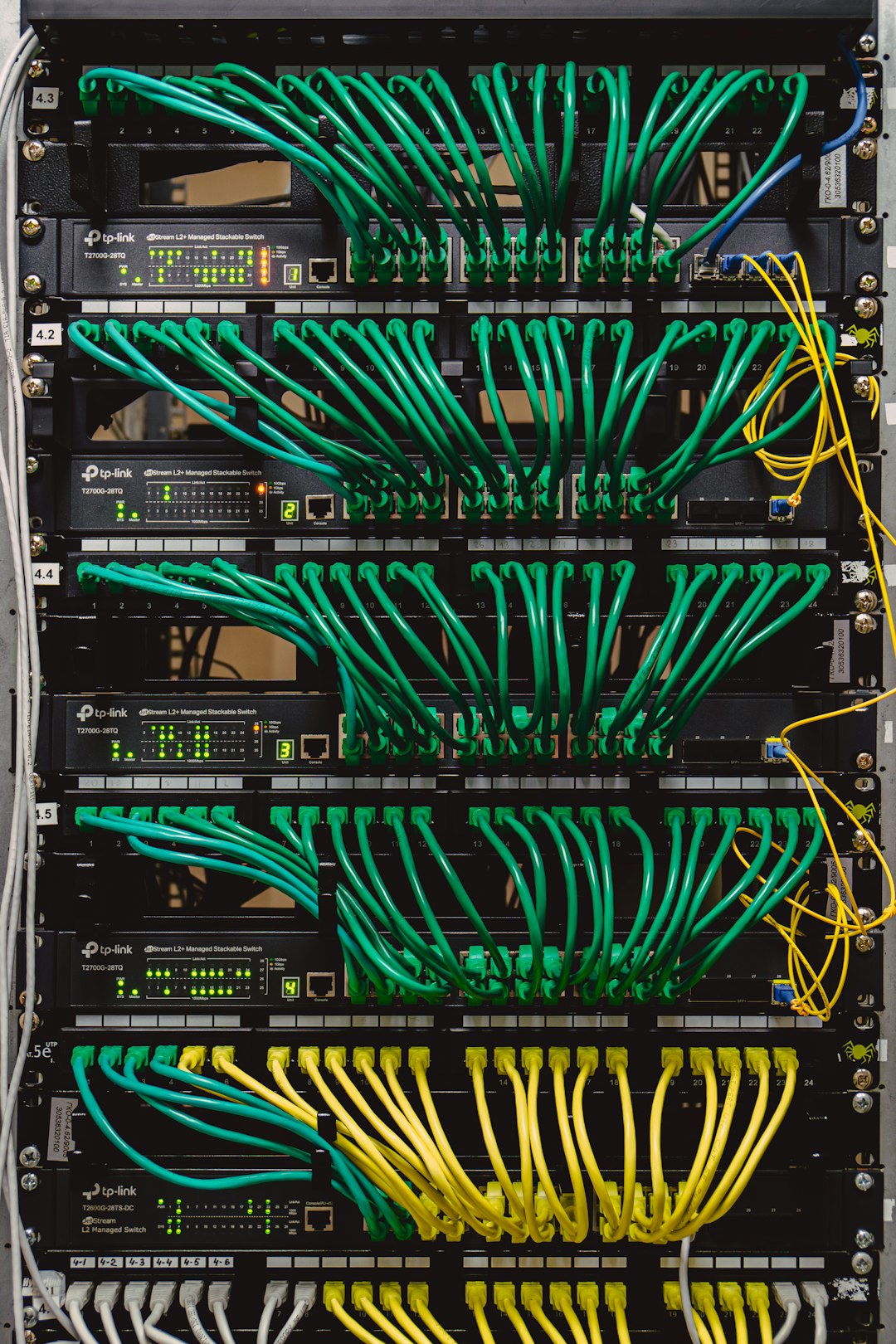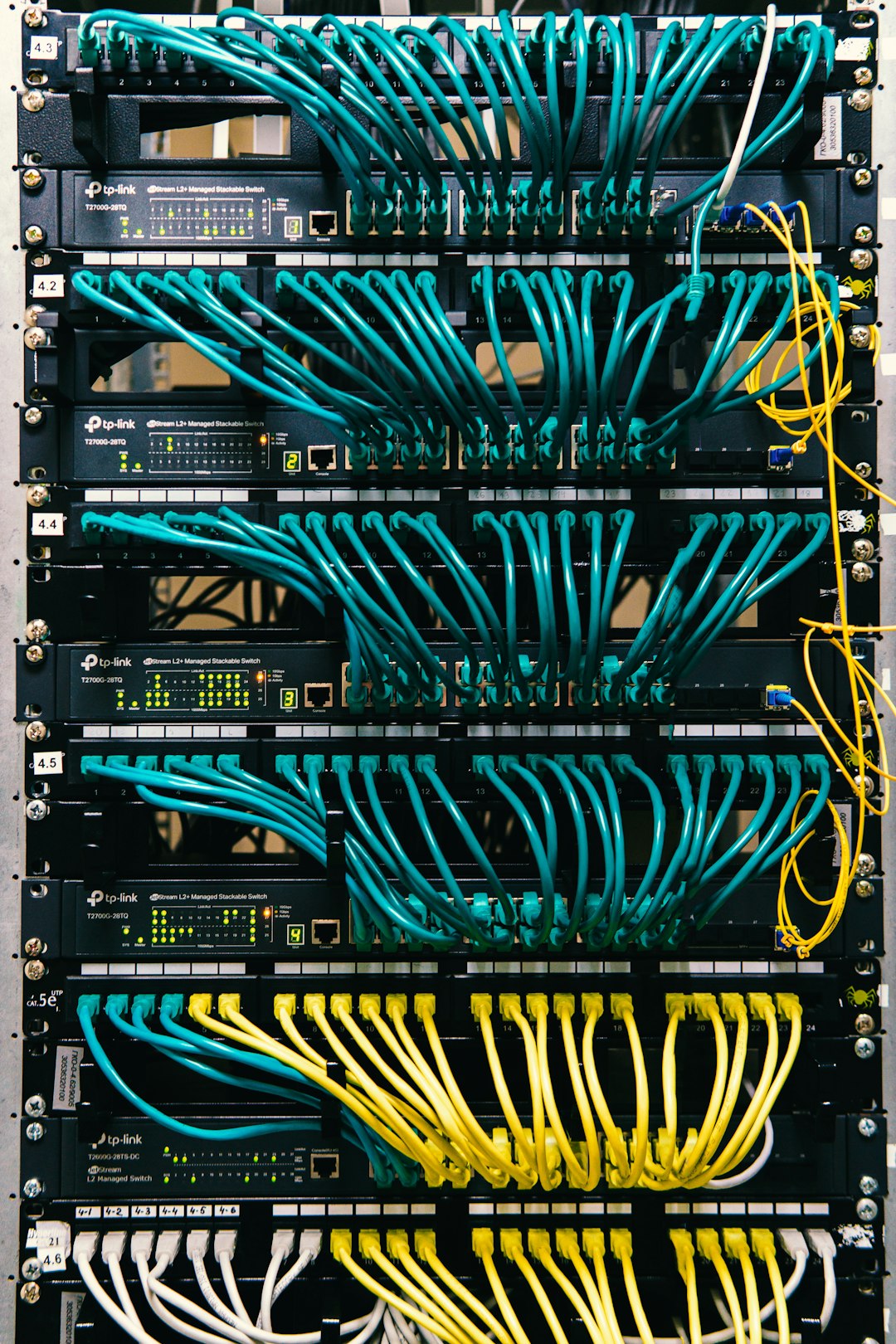In a world increasingly dependent on real-time data, digital communication, and distributed computing, the efficient management of information flow has never been more crucial. Modern industries, ranging from finance to healthcare to logistics, rely heavily on the seamless operation of interconnected systems that process and route vast quantities of data every second. Just like a city’s plumbing system, which ensures water is delivered to every neighborhood without flooding the streets, a modern digital infrastructure requires a reliable system to keep data flowing without overflowing. This is where the concept of a Pipe Operating System (Pipe OS) becomes not only relevant but essential.
Contents of Post
What Is a Pipe Operating System?
A Pipe Operating System (Pipe OS) is an advanced, middleware-based system responsible for handling the transition of data between various software applications, services, or hardware components. It is designed for controlled information propagation, throttling data throughput, ensuring data integrity, and maintaining high availability, even under heavy load.
Unlike traditional operating systems that focus primarily on managing the computational resources of a device (CPU, memory, I/O), a Pipe OS emphasizes the management of data pipelines. These pipelines could span across machines, data centers, or cloud ecosystems.
Key goals of a Pipe OS include:
- Consistent data flow: Ensuring information moves continuously, without interruption.
- Preventing overflow: Monitoring buffer limits and dynamically adjusting throughput to avoid data congestion or loss.
- Scalability: Scaling horizontally across networks and systems to handle larger volumes of data.
- Resilience: Providing failover mechanisms and redundancies in case of fault or breakdown.
Why the Traditional Approach Falls Short
In traditional systems, each node or application component is often responsible for managing its own data input and output. This tends to create a fragmented model where bottlenecks and inconsistencies are common. These systems rely heavily on finite buffer space and timeouts, and are particularly vulnerable to input spikes or system failures.
Without a centralized system to manage the speed, direction, and integrity of information flow, businesses run the risk of data loss, duplication, or latency. These failures can be extremely costly in real-time industries such as stock trading or emergency response networks.

Furthermore, when systems are scaled to thousands of nodes, relying on point-to-point data routing becomes not only inefficient but also a major risk factor. A Pipe Operating System mitigates this risk by acting as a central nervous system that intelligently routes and moderates data travel between system components.
The Architecture of a Pipe OS
A Pipe OS is built on a foundation of modular, interconnected components. While specific implementations may differ, most include the following critical elements:
- Ingress Controllers: Responsible for receiving and pre-processing incoming data streams.
- Routing Engines: Use pre-set logic or AI-powered algorithms to determine how and where information is disseminated.
- Buffer Managers: Oversee temporary storage areas to absorb sudden surges in data, acting as shock absorbers for the system.
- Feedback Loops: Monitor downstream components and report back to adjust upstream data input dynamically.
- Failover Switching: Automatically redirects data through redundant paths in case of a node failure.
These components work together to form a responsive, self-aware ecosystem capable of adapting to changes in data load, network conditions, or processing requirements.
Benefits Across Industries
The advantages of a Pipe OS extend beyond the realm of IT and software architecture. In fact, nearly every industry can gain operational efficiency and risk mitigation through its deployment.
Here are just a few examples:
- Healthcare: Ensures timely and accurate communication between diagnostic equipment, patient monitoring systems, and physician interfaces.
- Finance: Maintains real-time data consistency during high-frequency trading or analytics operations.
- Industrial Automation: Handles telemetry from thousands of IoT sensors on the factory floor without data loss or backlog.
- Transportation and Logistics: Allows dynamic routing and fleet management based on real-time traffic, weather, and sensor data.
In sectors where decisions are made in fractions of a second, the Pipe OS acts as both the backbone and the brain of data movement.
Advanced Features That Make the Difference
Modern implementations of a Pipe Operating System are often enhanced by powerful features that make them vastly superior to legacy solutions:
- Predictive Throttling: Using AI to assess historical and real-time data patterns and adjust throughput before a spike overwhelms the system.
- Encryption at the Pipeline Level: End-to-end, in-stream encryption ensures data security without impacting performance.
- Self-Healing Infrastructure: Rapid data rerouting and component isolation allow the system to maintain uptime even during failures.
- Audit Trails and Logging: Comprehensive logging capabilities facilitate compliance and forensic analysis.

All these features contribute to the Pipe OS’s ability to guarantee trusted, continuous, and secure communication without the risk of overflow.
Implementation Considerations
While the advantages are significant, implementing a Pipe OS is not without challenges. Organizations must be ready to make adjustments in architecture, including:
- Data Modeling: Defining structured, high-integrity formats that align with the system’s routing logic.
- Integration Complexity: Bridging legacy systems with a high-performance pipe infrastructure can either be a gradual effort or require phase-wise deployment.
- Resource Allocation: Dedicated teams may be needed to monitor, enhance, and secure the Pipe OS infrastructure.
Yet, where investment and planning meet implementation, the payoff is substantial. The long-term efficiency and resilience gained outweigh the initial complexity of deployment.
The Future of Data Management
As data continues to grow exponentially and systems become more interconnected, Pipe Operating Systems will form a foundational element of enterprise IT strategy. Future developments could include:
- Integration with blockchain for immutable logging of information flow.
- Quantum-safe encryption methods to protect pipeline data against next-gen cyber threats.
- Autonomous data routing via generative AI models capable of intelligent decision-making in real time.
Pipe OS is not just an improvement; it is a paradigm shift in how we manage the flow and fidelity of operational data.
Conclusion
Just as a robust pipeline prevents water shortages or floods, a well-designed Pipe Operating System ensures digital operations flow without delays or data loss. In an era defined by the speed, volume, and intelligence of data, such a system is no longer a luxury—it is a necessity. The future belongs to those who can stay ahead of data disruption, and Pipe OS is how they will do it.

